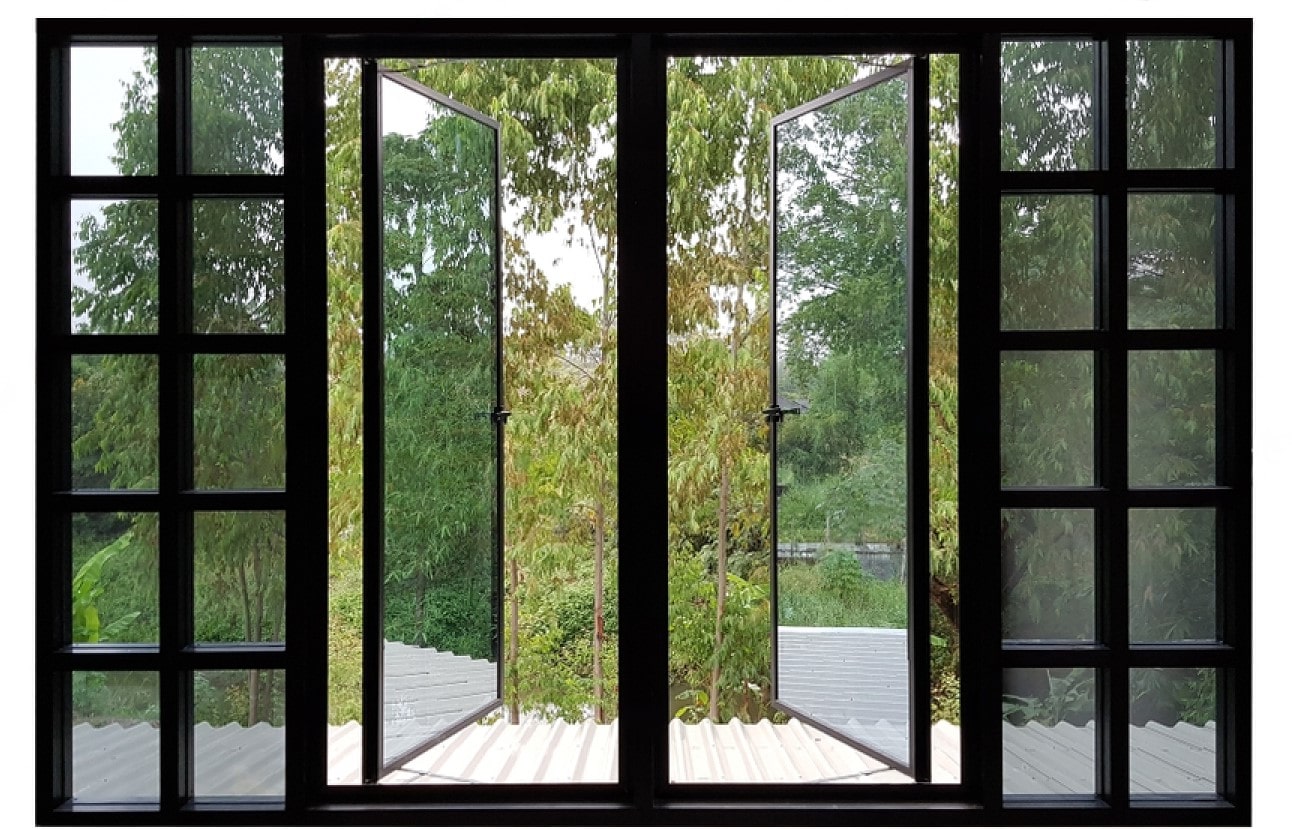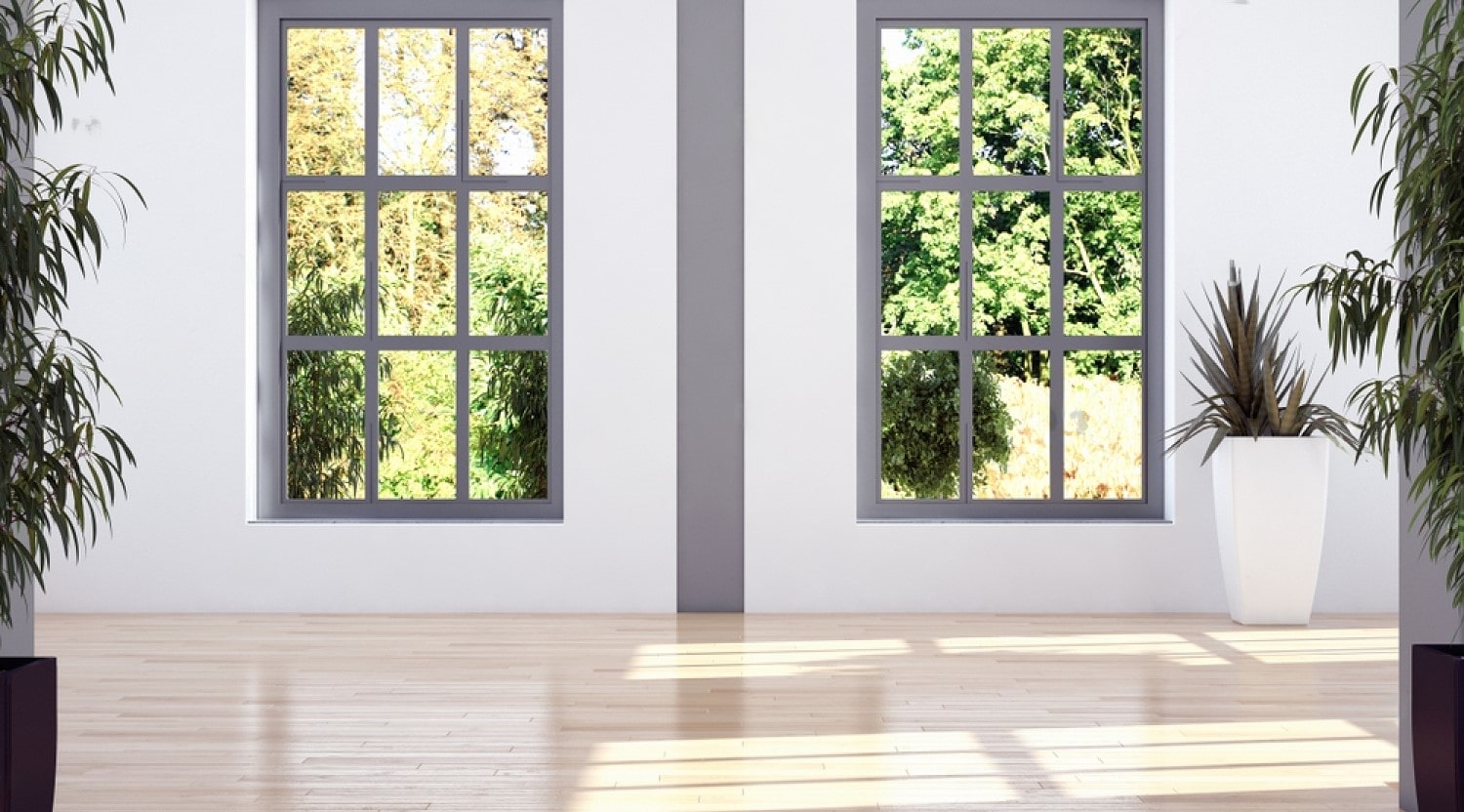Energy-efficient windows have become increasingly popular among homeowners in recent years, and for excellent reasons, such as the continuously rising environmental concerns. The benefits of replacing old, drafty windows with modern, energy-efficient ones are numerous. However, as with any home improvement project, there are also some potential downsides to consider. In this article, together, we will explore the pros and cons of energy-efficient window replacement.
Pros of Energy-Efficient Windows Replacement
While the pros of energy-efficient homes are enormous and numerous, here are a few noteworthy reasons why you need eco-friendly window solutions:

Energy Savings
The primary benefit of energy-efficient windows is the energy savings they can provide. Energy-efficient windows are designed to reduce heat loss during the winter and keep your home cool during the summer. This means that your heating and cooling systems will have to work less hard to maintain a comfortable indoor temperature. As a result, your energy bills will be lower, and you can potentially save hundreds of dollars per year on energy costs.
Improved Comfort
Energy-efficient windows can also improve the overall comfort of your home. By reducing drafts and improving insulation, these windows can help regulate indoor temperatures and reduce the amount of hot or cold air that enters your home. This can make your living spaces more comfortable and reduce the need for additional heating or cooling.
Increased Home Value
Installing energy-efficient windows can also increase the value of your home. These windows are a desirable feature for potential buyers, as they are an indication of a well-maintained and energy-efficient home. This can make your home more appealing to potential buyers and likely increase its resale value.
Environmental Benefits
Reducing energy consumption is not only good for your wallet, but it’s also good for the environment and our planet Earth. If you are a conscious human being striving for sustainability, this one is for you. When reducing your energy usage, you are decreasing your carbon footprint, and consequently, you are contributing to the general reduction of greenhouse gas emissions. Energy-efficient windows can also minimize the number of fossil fuels used to generate electricity, which is beneficial for the environment as well.

Cons of Energy-Efficient Windows Replacement
Now, let’s explore some of the potential downsides to energy-efficient window solutions, and we offer multiple tips for combating those cons.
High Upfront Cost
One of the main downsides of energy-efficient windows is their high upfront cost. These windows can be more expensive than traditional windows, and the cost can quickly add up if you are replacing multiple windows in your home. However, it’s important to note that these windows can provide long-term savings on energy costs, which can offset their initial cost.
Tip #1: Take advantage of rebates and incentives. Many government agencies and utility companies offer solutions for homeowners who upgrade to energy-efficient windows. Check with your local utility company and other institutions to see if there are any suitable programs available in your area.
Tip #2: Shop around for the best deals by getting multiple quotes from various reputable companies. Call Mr. Roof to see our offer.
Tip #3: Consider financing options for your project.
Tip #4: Prioritize the most important areas of your home if you cannot afford to replace all your windows at once. Those include areas facing north or those that are older and more drafty.
Potential for Condensation
Energy-efficient windows are designed to be airtight, which can reduce drafts and improve insulation. However, this can also lead to increased condensation on the windows. This is especially true in humid climates or during the winter months when indoor humidity levels are high. Condensation can contribute to mold growth, which can be harmful to your health and the structural integrity of your home.
Tip #1: Maintain indoor humidity levels below 40% during winter months to minimize condensation on windows. You can utilize a hygrometer to monitor humidity levels in your home.
Tip #2: Use ventilation fans in your bathroom and kitchen to help remove excess moisture from the air. Those should be vented to the outside of your home.
Tip #3: Open your windows when the outdoor temperature is warmer than the indoor temperature to improve ventilation.
Tip #4: Use window coverings and check window seals for tightness.
Tip #5: Upgrade to triple-pane windows, especially if you live in colder climates.
Limited Design Options
Energy-efficient windows are available in a variety of styles and materials, but their design options may be more limited than traditional windows. This can be quite a concern for homeowners who are looking for a specific aesthetic or design feature for their homes. However, there are still many options available, and manufacturers are continually developing new designs and materials to meet the needs of homeowners.
Tip #1: Work with a professional company that has access to a wide range of manufacturers, both local and foreign. You might be surprised by what treasure they hide.
Tip #2: Choose the right frame with the right color and opt for decorative glass for your energy-efficient windows.
Tip #3: Add window treatments, such as curtains, blinds, window boxes, or shutters, to add that extra layer of style and complement the entire look of your home.
Tip #4: Mix and match window styles to add visual interest. You can combine a picture window with a casement window to create a unique look.
Installation and Maintenance
Installing energy-efficient windows requires professional installation to ensure they are properly sealed and insulated. This can add to the overall cost of the project. Additionally, maintenance may be required to ensure the windows continue to perform at their optimal level. This can include regular cleaning and checking for any signs of wear and tear.
Tip #1: Work with the best contractor in your area who has experience in not only installing energy-efficient windows properly but also removing old windows to ensure adequate integrity of your home’s structure.
Conclusion
Energy-efficient windows are a worthwhile investment for homeowners who are looking to reduce their energy costs, improve their home’s comfort, and increase its value. While there are some potential downsides to consider, the benefits of these windows far outweigh the negatives. By selecting a reputable installer and investing in quality windows, you can enjoy the benefits of energy-efficient windows for years to come.

